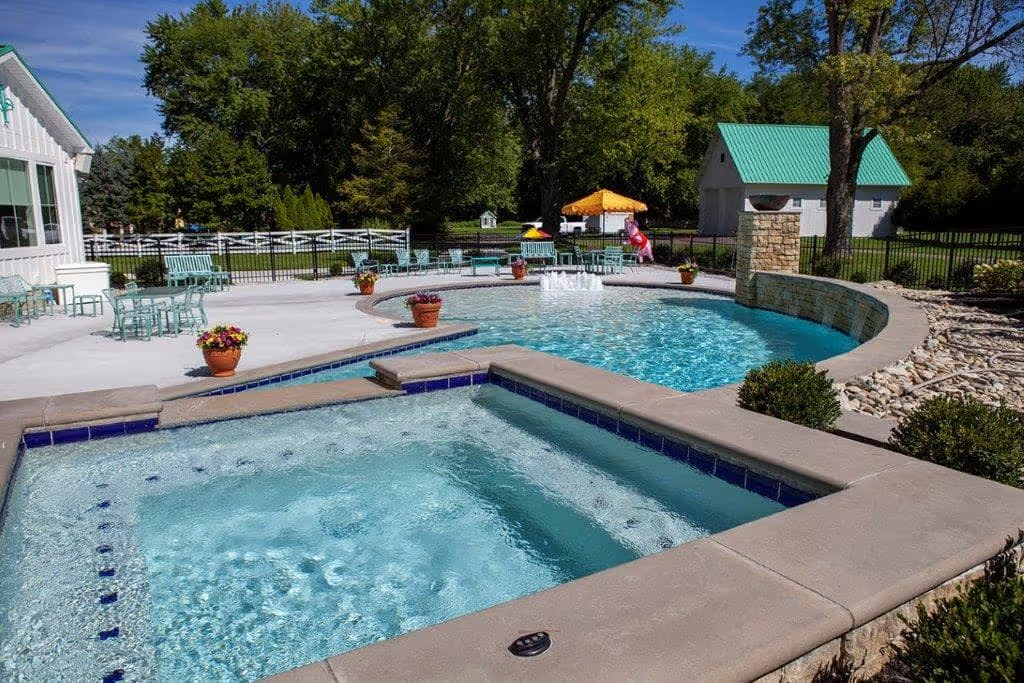- Stone Center
- Blog
How to Paint Limestone Surfaces in 5 Steps: A Complete Guide
14/7/2025
6/17/2025
How to Paint Limestone Surfaces in 5 Steps: A Complete Guide

People often wonder: Can you paint limestone? The answer is yes, and it’s a great way to refresh its natural look. Painting over limestone slabs can brighten up spaces beyond the usual pale tones, but preparation is essential because it's a highly alkaline, porous stone. For example, painting a limestone fireplace requires careful steps to ensure lasting, beautiful results.
You can learn how to paint limestone in five simple steps, making it an accessible weekend project even for DIY beginners. With guidance from our team at Stone Center, you’ll transform your limestone surfaces with the right materials and techniques, while preserving their natural character!
Things You Will Need for Painting Limestone
The following are the materials needed for painting over limestone:
- Dishwashing detergent
- Non-abrasive sponge
- Towel
- Acrylic latex primer
- Masonry paint
- Soft brush
- Bucket
- Paintbrush or paint roller
- Safety gear (rubber gloves, safety goggles, dust mask/respirator)
Product recommendation: Not all paints suit natural stone like limestone. Acrylic latex stands out for its breathability, flexibility, and strong grip on porous surfaces. BEHR Premium Plus is a top choice — durable, UV— and mold-resistant, and ideal for indoor and outdoor use.
General Step-by-Step to Painting Limestone Surfaces
Don’t be intimidated. Painting limestone is straightforward when done correctly. Whether you're working on a limestone fireplace, wall, or floor, the basic principles remain the same. We’ve outlined the steps below to help you achieve a smooth, durable finish.
Step 1. Thoroughly Clean the Limestone
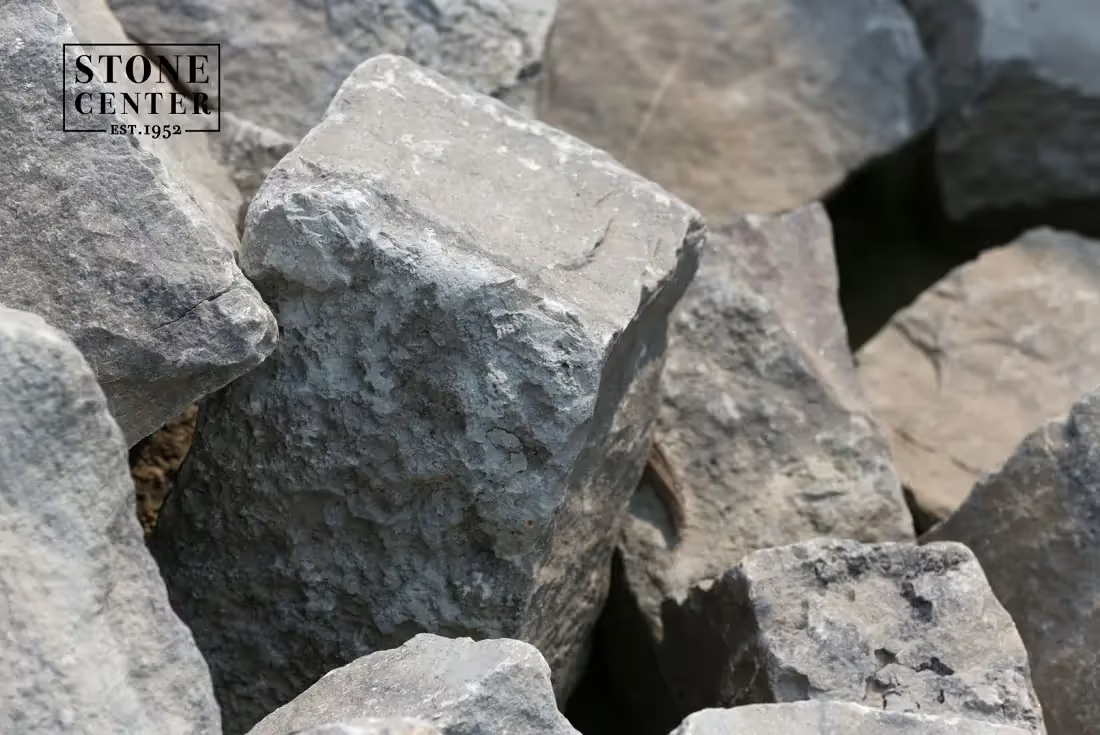
Remove all dirt, dust, and any loose material. Use a pH-neutral stone cleaner and a stiff, non-metallic brush for general cleaning. A TSP-based cleaner can be effective for stubborn grime or grease. Rinse thoroughly with clean water and allow the limestone to dry completely — this can take 24-48 hours or longer, depending on humidity.
Step 2. Inspect and Repair Imperfections

Examine the limestone surface for cracks, chips, or signs of moisture problems. As a Bunning Workshops forum user notes, addressing moisture issues is crucial before painting exterior limestone walls. Fill small cracks with a limestone-compatible filler and allow it to cure completely according to the manufacturer's instructions.
Step 3: Apply a Stone — Specific Primer

Use a high-quality acrylic latex masonry primer that's alkaline-resistant and breathable. This specialized primer neutralizes limestone's high pH levels and creates an ideal base for paint adhesion. Apply the primer evenly with a brush or roller, working it into all textures and crevices, and allow it to dry completely, typically 24 hours.
Step 4: Choose and Apply the Right Paint
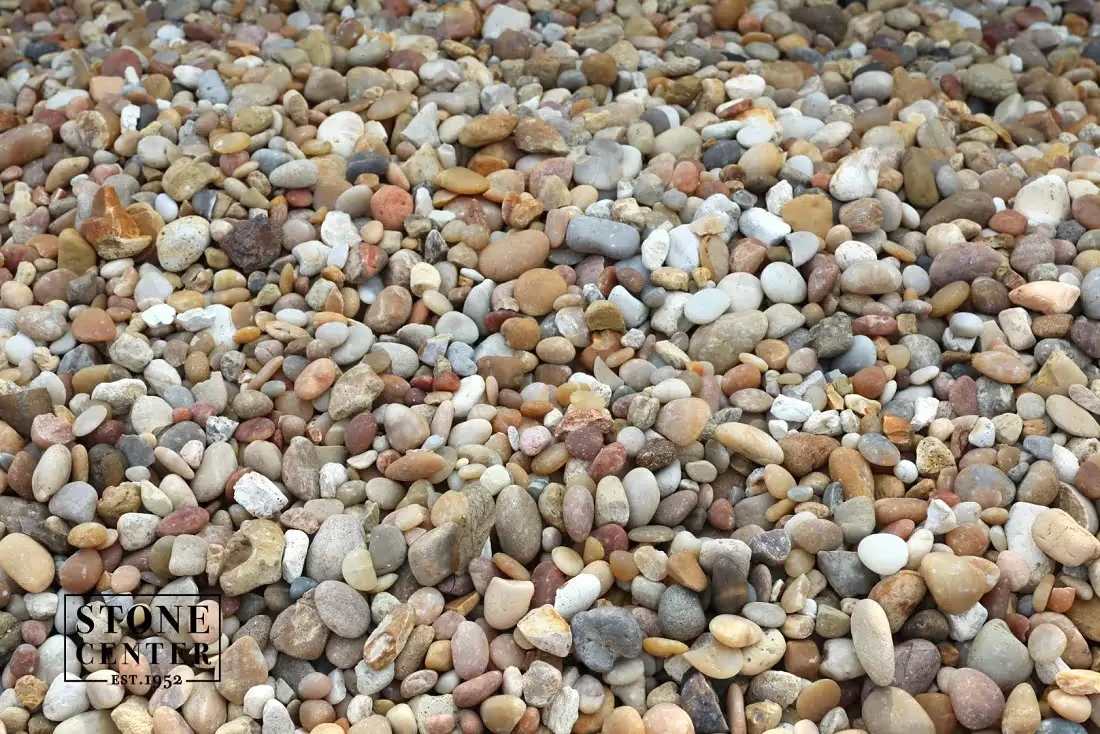
Select a high-quality elastomeric latex or acrylic latex paint specifically formulated for stone or masonry surfaces. These paints flex with temperature changes, resist UV damage, and allow moisture vapor to escape. Apply 2-3 thin coats using a roller for larger areas and a brush for details, allowing each coat to dry before applying the next.
Step 5: Consider Sealing (Optional but Recommended)
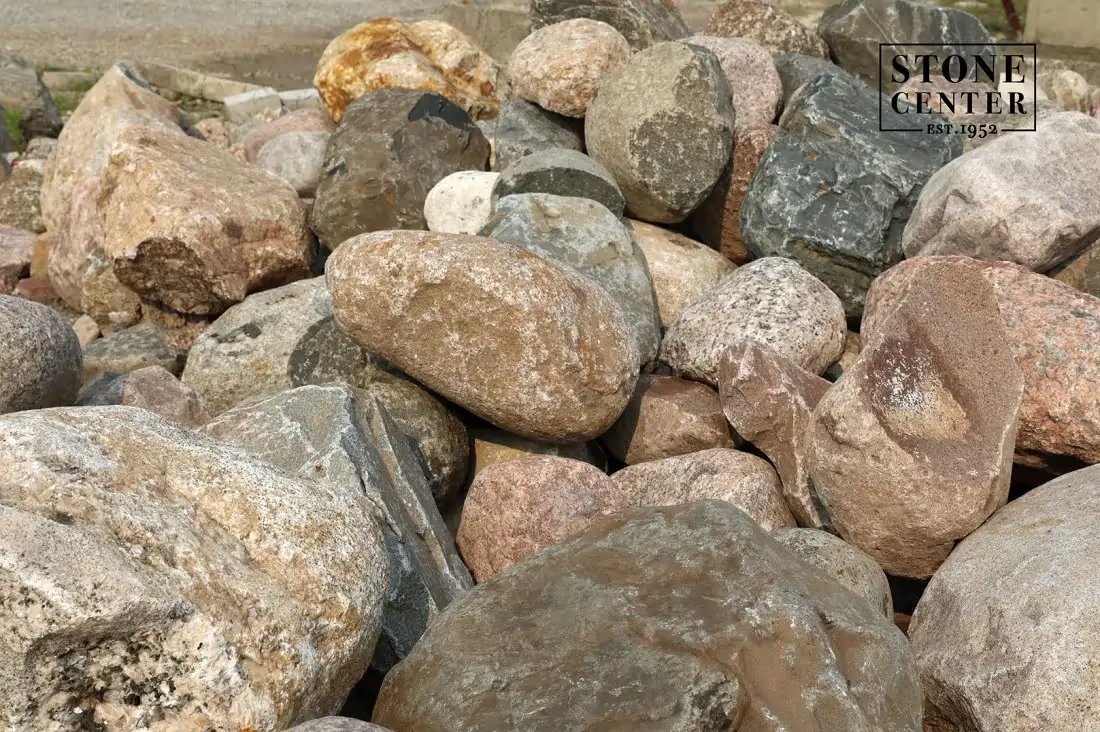
After the final paint coat has cured (usually 3-7 days), apply a breathable masonry sealer to protect your painted limestone from moisture, UV damage, and pollutants. Choose a clear, water-based sealer that won't yellow over time and maintains the limestone's natural ability to "breathe," preventing moisture from becoming trapped beneath the paint.
Painting a Limestone Fireplace Surround
A freshly painted Limestone Fireplace Surround can dramatically transform a room, but requires special attention due to its exposure to heat and potential soot build-up.
- Clean the fireplace: Wash the fireplace surface using a trisodium phosphate-based cleaner (TSP) — works best to remove dirt and soot easily. Scrub the limestone surface with a stiff brush to remove loose materials. Start cleaning the limestone fireplace from the top of the wall and then work your way down.
- Prime: Apply an alkaline-inhibiting paint primer with a paintbrush or roller-this makes the paint coat stick to the surface and prevents damage to the limestone from absorbing moisture. Dab the primer into crevices and swellings on the surface to prevent the paint from peeling from those points.
- Paint: After the primer has dried, apply the paint using a paintbrush for flat surfaces or a medium-nap paint roller for textured or rough surfaces. Apply more than one coat of paint, but wait for the first coat to dry before painting another coat over it.
Painting Limestone Floors
Painting limestone floors follows a similar procedure to painting a limestone fireplace. You can go with elastomeric latex paint or use stone or concrete stains. Using stone or concrete stains makes your intended color come out well after you have painted the floor.
- Clean the limestone floors: Before painting over a limestone wall, clean it using alkaline or pH-neutral detergent and distilled water. Clean the floor surface with clean water and a towel, and then wait for it to dry thoroughly.
- Remove stains: If the floor has tough stains on it, you can clean it using one cup of water to ½ cup of bleach and a non-abrasive cleaning tool such as a soft towel.
- Prime and Paint: Apply a masonry primer specifically formulated for floor surfaces, allowing it to dry completely (12-24 hours). Follow with two thin coats of floor-grade masonry paint, waiting at least 24 hours between coats. Finish with a clear sealer designed for foot traffic.
Creating a Limestone Paint Effect
Recognizing the compelling limestone advantages that make authentic stone so valuable, you also have the creative option to replicate its unique beauty by applying a limestone paint effect to floors and walls not originally made of this material.
- Select your base colors: To mimic a natural limestone color, you can get eggshell base latex paint with other colors like light grey, cream, pastel, and pink, to your taste.
- Apply the base and grout mix: Begin painting by first applying the mixed base coat color and letting it dry completely. Choose a paint color for the grout. After that, mix four parts of glaze with a paint color that is darker than your intended grout color.
- Tape and sponge: Use painter's tape to designate areas that will serve as your grout. Begin the final painting using a painting sponge. Vary the intensity of dabbing to create shadow effects around the edges of your “stones”. Use a piece of cheesecloth to lightly dab over the areas and get the painting to blend smoothly.
- Reveal and seal: Remove the painter's tape and paint in the grout. Allow it to dry and then apply a sealer on the grout surface.
Troubleshooting Common Limestone Painting Issues
You might encounter challenges when painting limestone surfaces, even with careful preparation. Here are solutions to the most common problems that might arise during or after your limestone painting project.
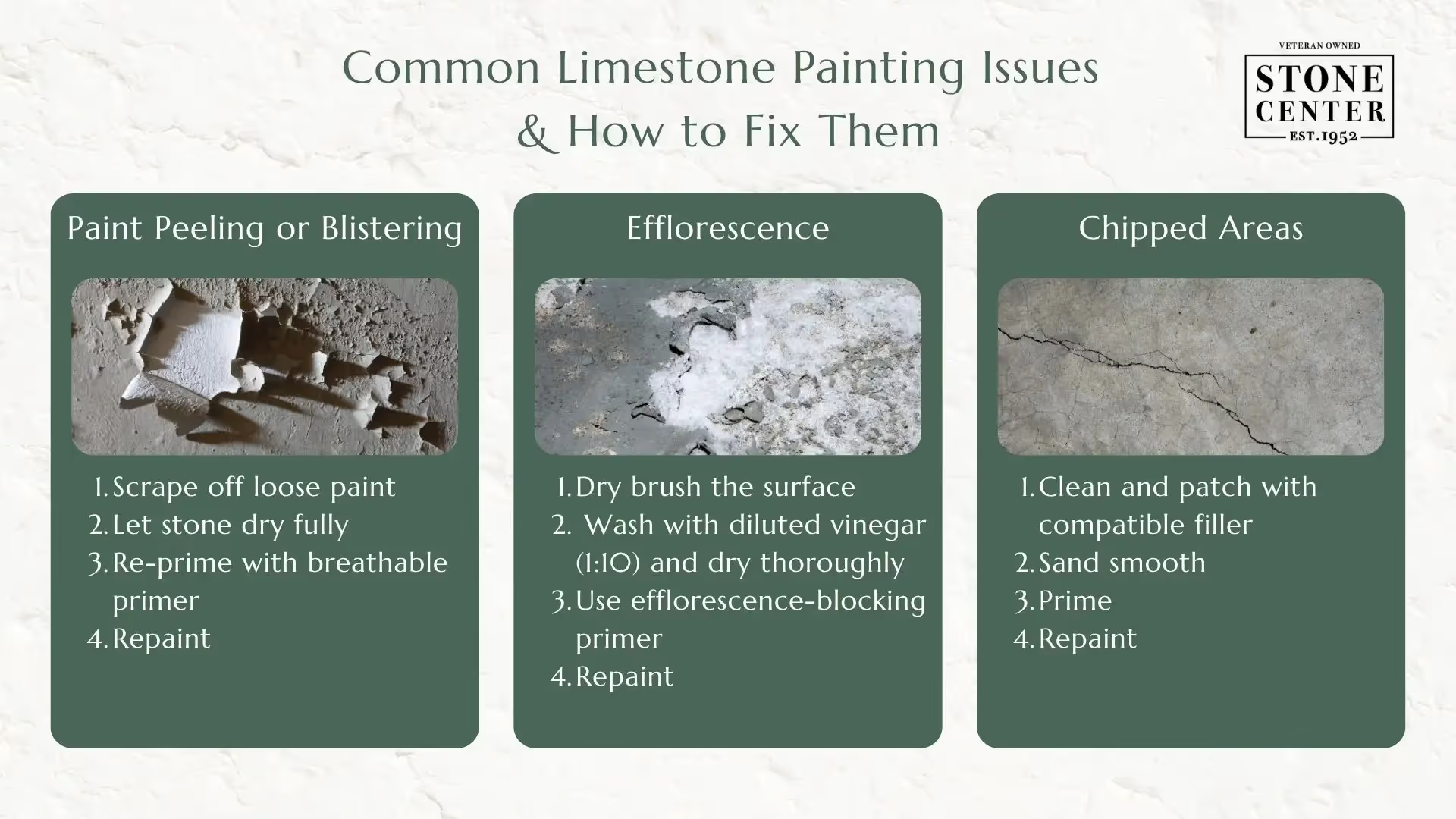
Paint Peeling or Blistering
This often points to moisture trapped beneath the paint or inadequate surface cleaning. Scrape off loose paint, ensure the stone is completely dry, address any moisture source, re-prime affected areas with a breathable primer, and repaint. This is a common sign that the initial paint adhesion on porous stone wasn't optimal.
Efflorescence (White Powdery Substance)
This mineral deposit occurs when water moves through masonry, carrying salts to the surface. Remove it by dry brushing followed by washing with a diluted vinegar solution (1:10 with water). After thorough drying, apply an efflorescence-blocking primer before repainting with a high-quality breathable masonry paint.
Chipped Areas
Address chips by cleaning thoroughly. Then, apply a limestone — compatible patching compound. Once dry, sand smooth to match the surrounding texture, prime the patched area, and apply touch-up paint. For high-traffic areas, consider using a more durable topcoat to prevent future restoration of the limestone.
Elevate Your Space with Limestone
When approached with the right preparation and materials, painting limestone can dramatically transform your space while preserving the unique character of this natural stone. With proper preparation, materials, and expert tips, your stone surfaces can look better than ever and stand the test of time.
Whether you are painting over limestone or working to achieve a faux limestone paint look, improving the outlook of your limestone fittings is fairly easy. We understand there is a high chance you will require limestone fittings for your home. Stone Center is a frontline limestone supplier in Ohio with countless stone patterns to meet any design preference. Reach out to us today!
FAQ
.avif)
Jon, the owner of Stone Center, is a knowledgeable expert in natural stone products, specializing in various types of stone for landscaping and architectural projects. Passionate about promoting the beauty and versatility of natural stone, Jon aims to use these blogs to inspire readers with creative ideas to upgrade their homes.
How much does it cost to get a stone restored?
How much you end up spending to restore stone varies on the type of stone, the technique, and the stone’s current condition. Stone in good condition will cost less to restore, whereas stone that has a lot of wear and tear may require a longer restoration.






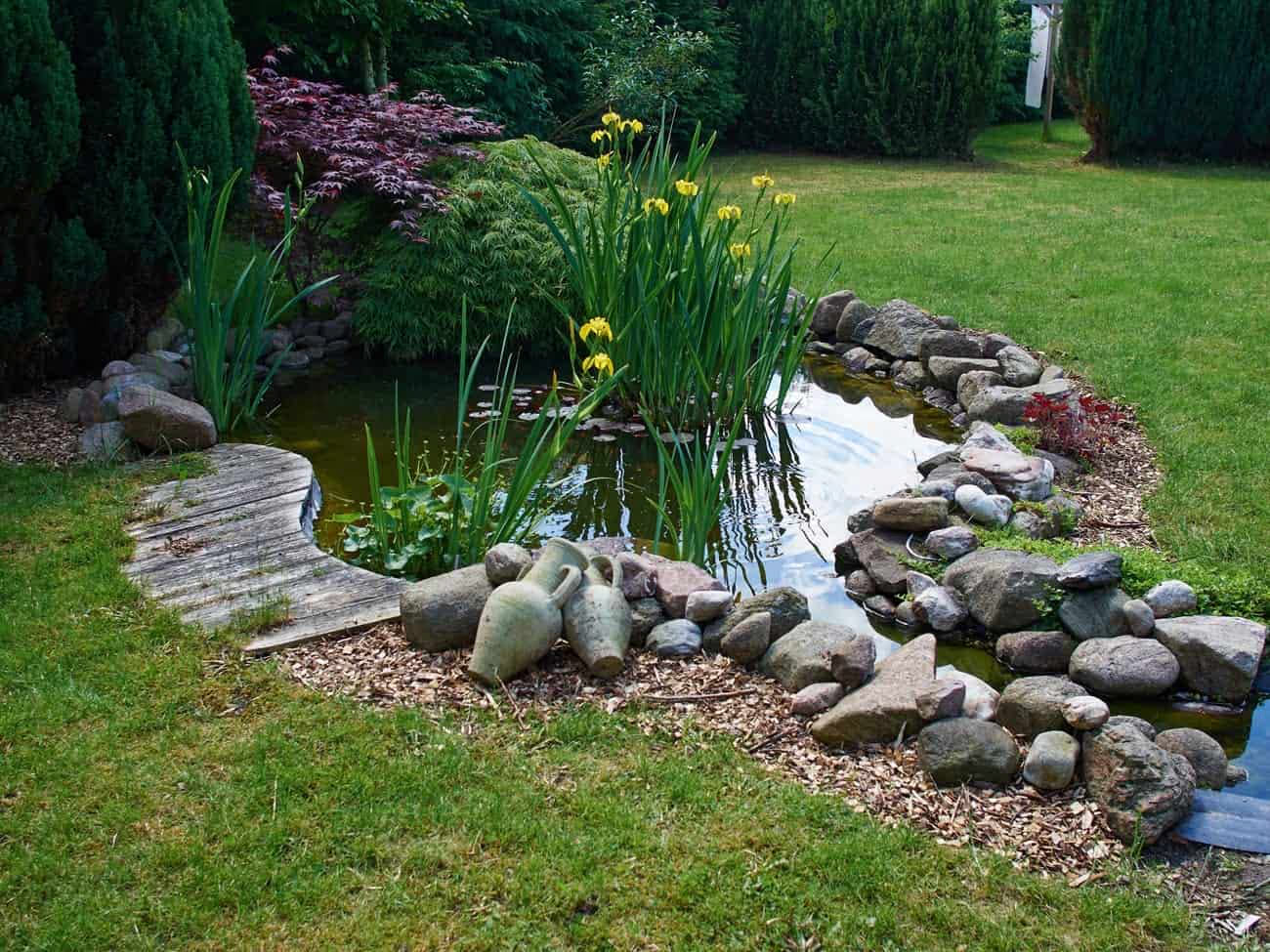
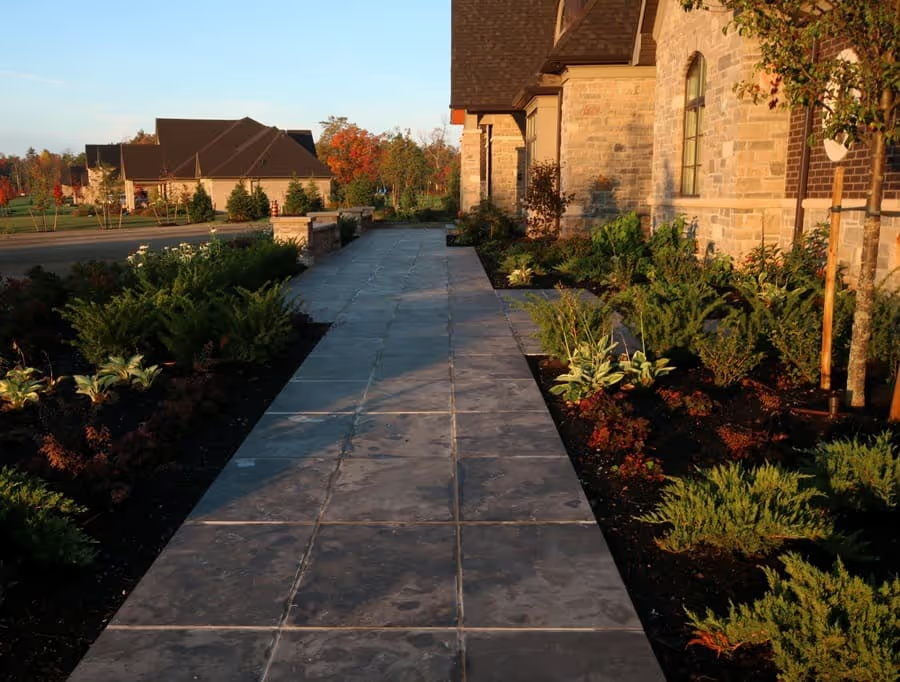
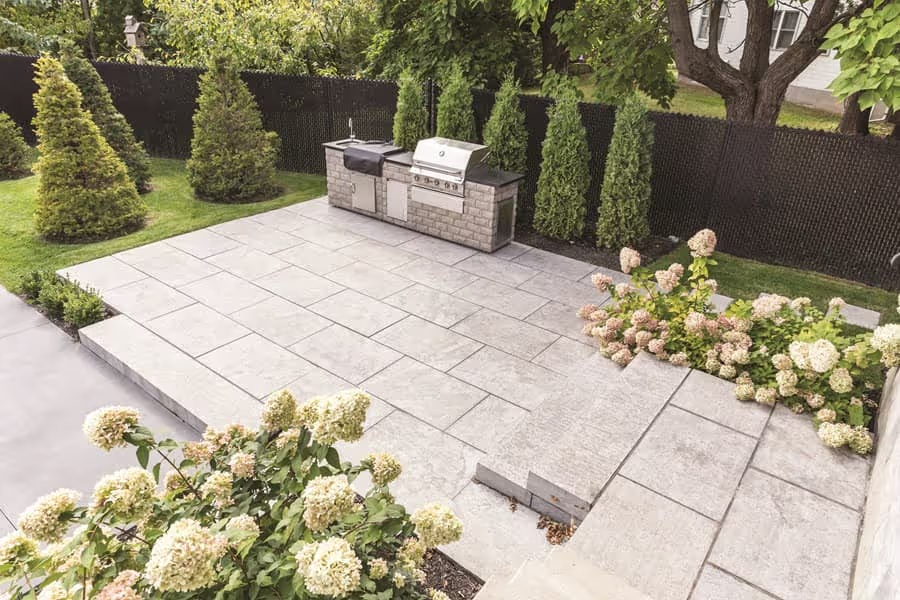
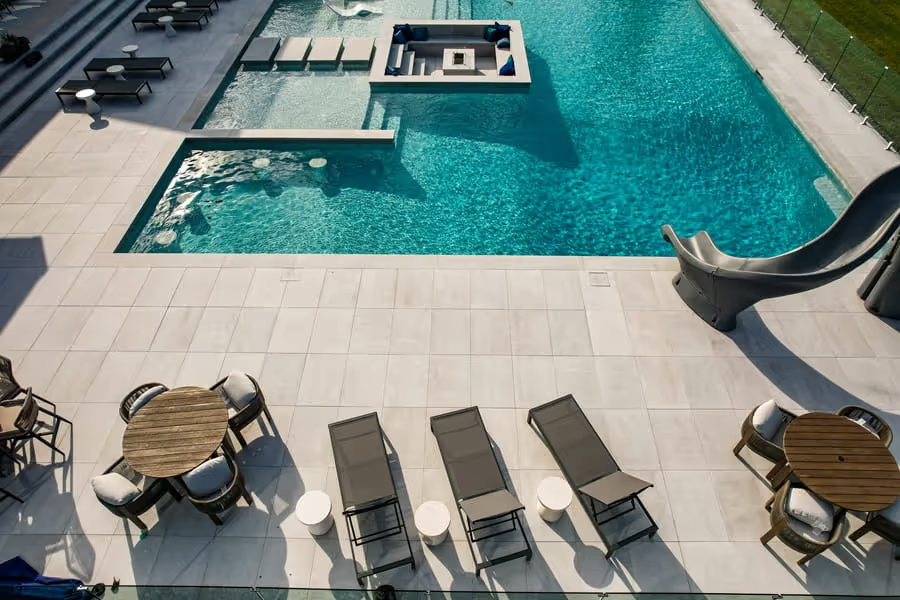
%20(1).avif)
